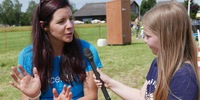
Background information
Greifensee instead of Super-G: Tina Weirather at "Cycling for children"
by Michael Restin

The world’s largest running event has set new records in terms of number of participants and donations. I took part in the Wings for Life World Run and quickly realised what makes it so special. In short: the atmosphere, format and feeling of doing your bit.
Not long before the whistle sounds, it begins to rain. My Digitec Galaxus colleague Tim Busslinger and I set off towards the start line, shivering slightly, along with several thousand other runners, people in wheelchairs and those with walking frames.
The atmosphere at the Wings for Life World Run in Zug is fantastic. No one whinges about the weather, lack of fitness, knee pain or any other supposed obstacles. Competing alongside me are sports stars such as triathlete Daniela Ryf, orienteering and trail world-class runner Judith Wyder, beach volleyball player Anouk Vergé-Dépré and the uniquely talented skiers Marco Odermatt and Franjo von Allmen.
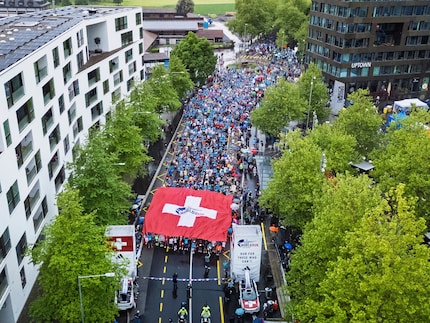
Just one more minute, then we’re off. There’s chatter, laughter and not a trace of the tension you sometimes sense before fun runs. Then the start signal sounds. Not just here, but simultaneously in 170 countries – from South Africa to the Arctic Circle. 310,719 people of 191 nationalities put trainers to track. It’s a global movement in the truest sense of the word.
In Switzerland, we’re pretty lucky with a comfortable start time of 1 p.m. However, in New Zealand, it was 11 p.m., while in Vancouver, Canada, they set off at 4 a.m..
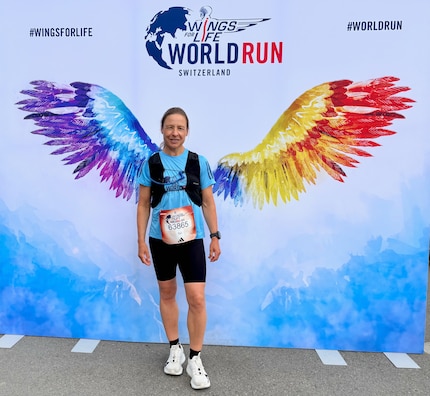
The special thing about this run is that there’s no fixed finish line. Everyone starts together, but you all run at your own pace. 30 minutes after the start of the run, the Catcher Car, a zealous broom car, heads off in pursuit and increases its speed every few kilometres.
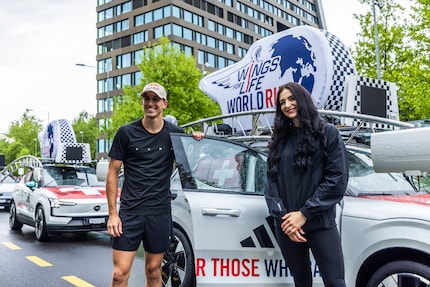
As soon as the car catches up with you, your race is finished. This creates a certain challenge. If you want to outrun your pursuer for as long as possible, you have to manage your speed and strength carefully. And, if possible, give it some extra oomph again at the end for extra fun and a little adrenaline kick.
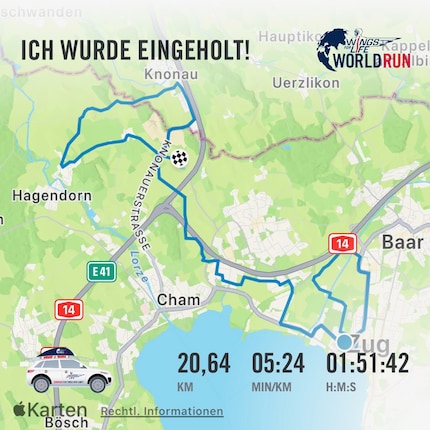
In this race format, you can jog, walk or wheelchair as far and as fast as you like: from a few kilometres to the new course record of 71.67 kilometres, which Jo Fukuda set in Japan, winning the Wings for Life Run for the third time.
In the women’s race, it was Esther Pfeiffer from Germany who secured victory in Munich with a distance of 59.03 kilometres. She’s only the second woman in the 12-year history of the race to break the 59-kilometre mark.
Meanwhile, in Switzerland, Domen Hafner won with 60.47 kilometres and Franziska Huwyler-Inauen with 50.24 kilometres. Witold Misztela (55.6 kilometres) was the fastest wheelchair racer.
If you can’t make it to one of the organised runs or don’t like mass events, you can take part via the app. That’s what I did two years ago. It means you can just start on your own route at home. You get updates via the app and running headphones about how far away the virtual Catcher Car is along with funny motivational words of encouragement. This is interspersed with messages from people with spinal cord injuries, as the race organisers Red Bull donate 100% of entry fees to researching the condition.
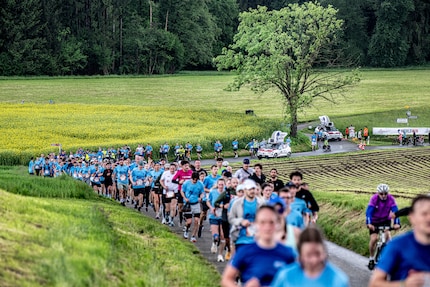
Each time running the race was a great experience for me. Both the virtual version and flagship run in Zug made me feel part of something bigger. That’s what motivates me the most: doing my own little part to a good cause and combining a hobby with something that helps people.
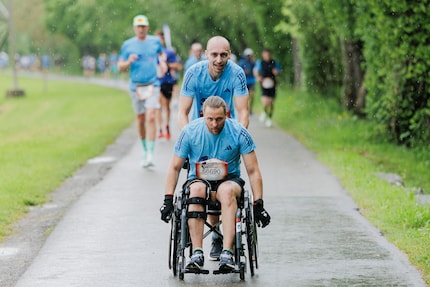
This year, the race raised 8.6 million euros (8.04 million Swiss francs), bringing the total since the start of the run in 2014 to 60.53 million euros (56.62 million Swiss francs). The motto is «running for those who can’t». According to Red Bull, the funds have supported 324 research projects and clinical studies.
Unlike donating with a phone tap from your sofa, the Wings for Life event is about a joint effort. Top athletes such as Daniela Ryf will be taking part, as well as amateurs and wheelchair athletes. The race has its ups and downs for everyone. The kilometres stretch out at the end and you all get to the point where you feel like you can’t tell what’s sweat and rain any more.
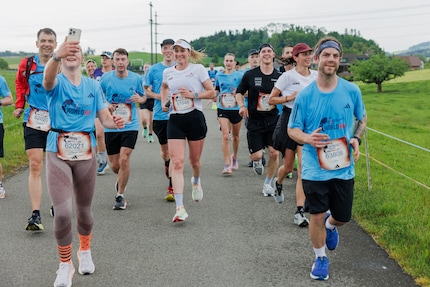
And yet it’s not the same for all the runners. I was impressed with everyone who took part despite their very different circumstances – regardless of whether they had a visible or invisible disability. «For me, running comes naturally, but for others it’s a dream. That’s exactly why I’m here in Zug today,» sums up Tim Busslinger from Category Management at Digitec Galaxus.
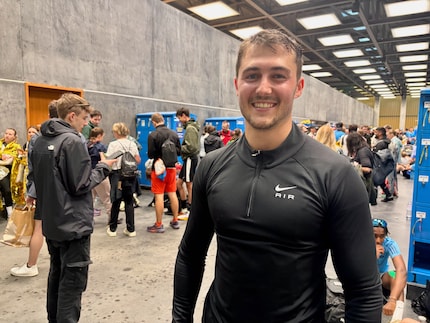
While the runners may have been happy about the not-too-hot temperatures with the rain, wind and grey skies, I was surprised at how many spectators stayed to stop us running out of steam, even when the rain got heavier. Families, community groups, bands and alphorn players helped create a motivating atmosphere. A little surprise was waiting around every bend in the road: be it in the form of refreshment stations every five kilometres, loud cheers or music.
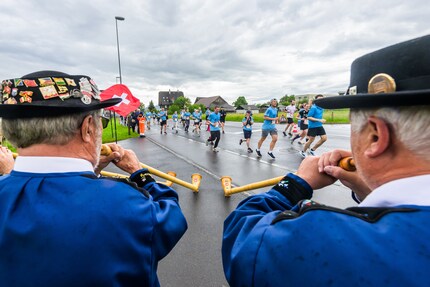
One thing’s for sure. This won’t be my last Wings for Life run. No matter what excuses my brain comes up with (I’m not fit enough, I’m too tired, etc.) in the long run, they don’t matter in this race.
Research diver, outdoor guide and SUP instructor – I love being in, on and around water. Lakes, rivers and the ocean are my playgrounds. For a change of perspective, I look at the world from above while trail running or flying drones.
Interesting facts about products, behind-the-scenes looks at manufacturers and deep-dives on interesting people.
Show all
Background information
by Michael Restin

Background information
by Anna Sandner

Background information
by Siri Schubert